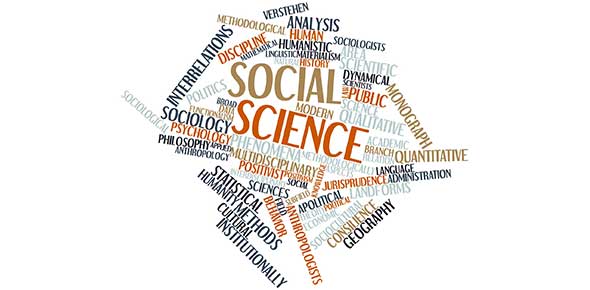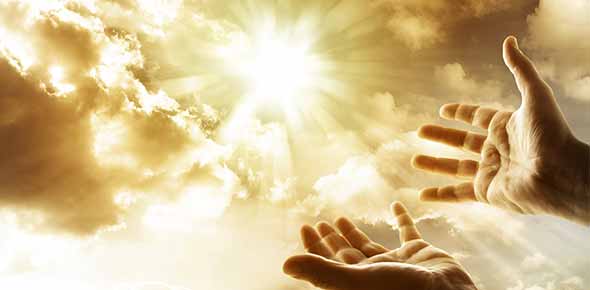Related Flashcards
Related Topics
Cards In This Set
| Front | Back |
|
Organizational Culture
|
System of shared meaning held by members that distinguishes the organization from other organizations. 7 Key Characteristics
|
|
1. Innovation and Risk Taking
|
Degree to which employees are encouraged to be innovative and take risks
|
|
2. Attention to Detail
|
Degree to which employees are expected to exhibit precision, analysis, and attention to detail
|
|
3. Outcome Orientation
|
Degree to management focuses on results or outcomes rather than on the techniques used to achieve them
|
|
4. People Orientation
|
Degree to which management decisions take into account the effect that the outcomes have on the employees
|
|
5. Team Orientation
|
Degree to which work activities are organized around teams rather than individuals
|
|
6. Aggressiveness
|
Degree to which employees are aggressive and competitive compared to easygoing
|
|
7. Stability Vs. Growth
|
Degree to which organizational activities emphasize maintaining the status quo in contrast to growth
|
|
Dominant Culture
|
When the majority of an organization expresses the company's core values. Gives the organization it's distinct personality
|
|
Subcultures
|
Formed within big companies and they tend to reflect common problems, situations, or experiences faced by groups in the same department.
|
|
Strong Culture
|
When employees opinions about the organizations mission and values are consistent and all the same.
i.e Responses to management surveys show the same opinions about the organizations mission and values. Having a strong culture should reduce employee turnover because having high agreement builds loyalty and organizational commitment. |
|
Weak Culture
|
When employees opinions about the organizations mission and values vary widely, inconsistent.
|
|
Culture VS. Formalization
|
Have a common destination. But the stronger an organization's culture, the less formal management needs to be with developing formal rules and regulations to guide employee behavior. The rules will instead be internalized by employees when they except an organizations culture.
|
|
A company's Culture's Functions-5 (BICSA)
|
Culture: the glue that holds an organization together
1. Has a boundary-defining role: creates distinctions between one organization and others2. Conveys a sense of identity 3. facilitates a huge amount of commitment that is larger than an individuals self-interests 4. Enhances the stability social system 5. Serves as a sense-making and control mechanism that guides and shapes attitudes |
|
Organizational Climate
|
The shared perceptions employees have about their organization and work environment.
|






